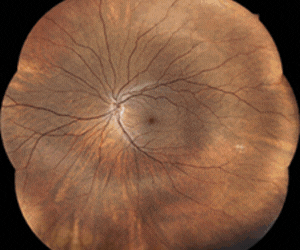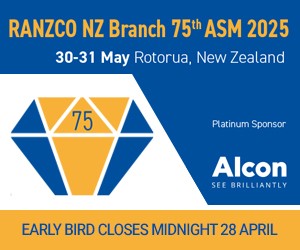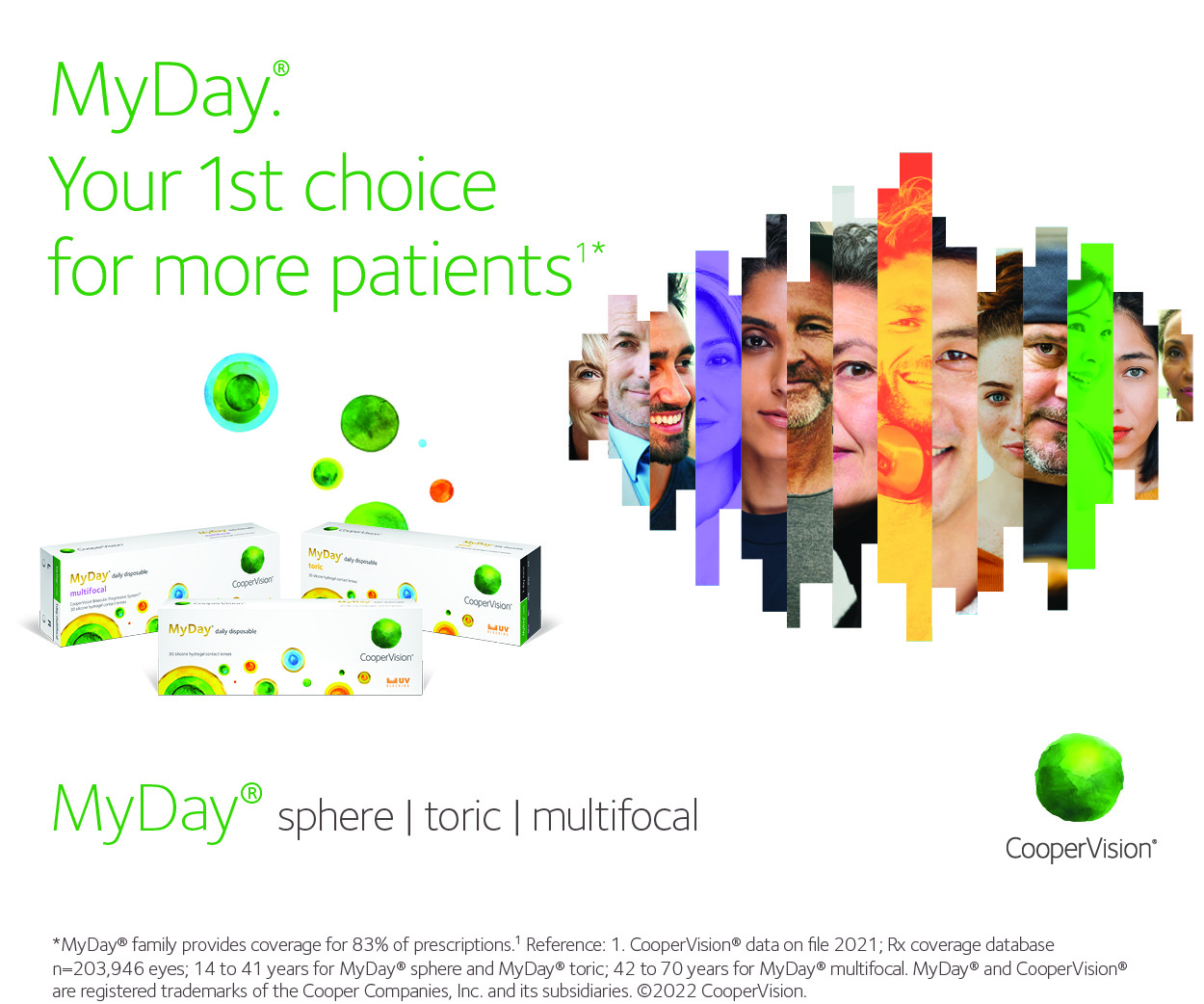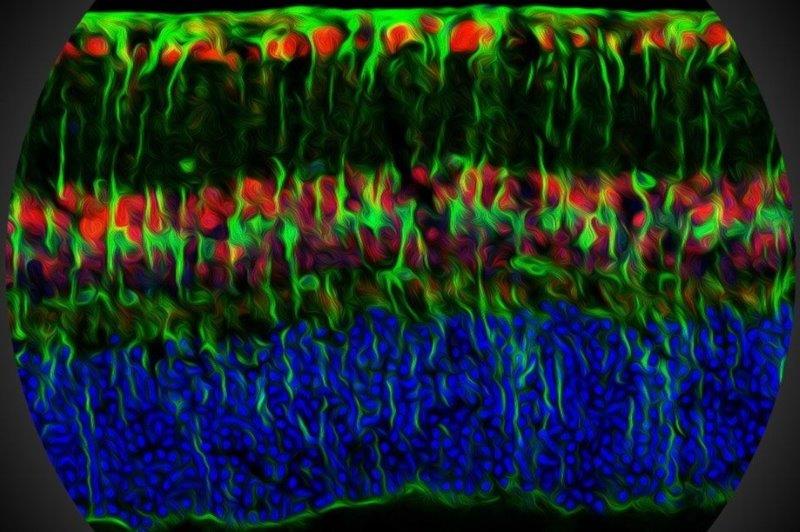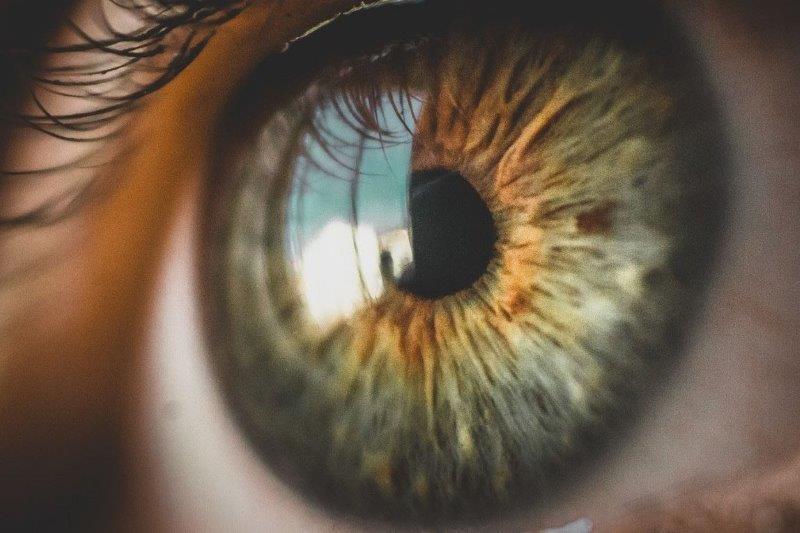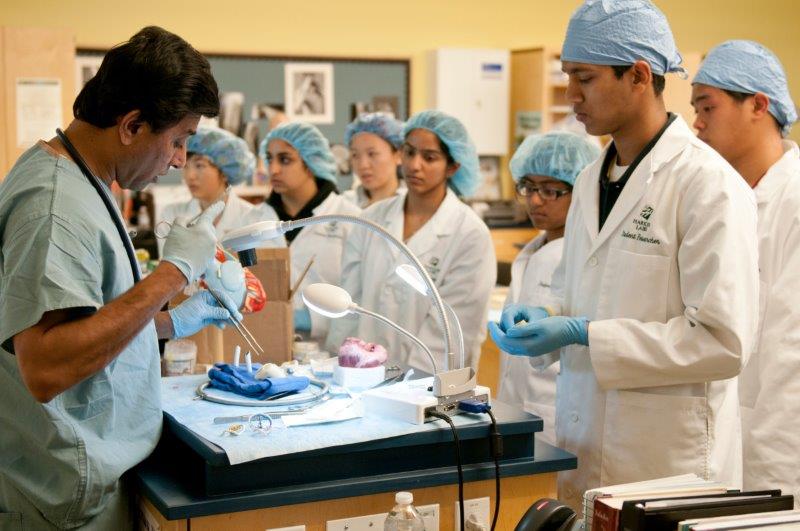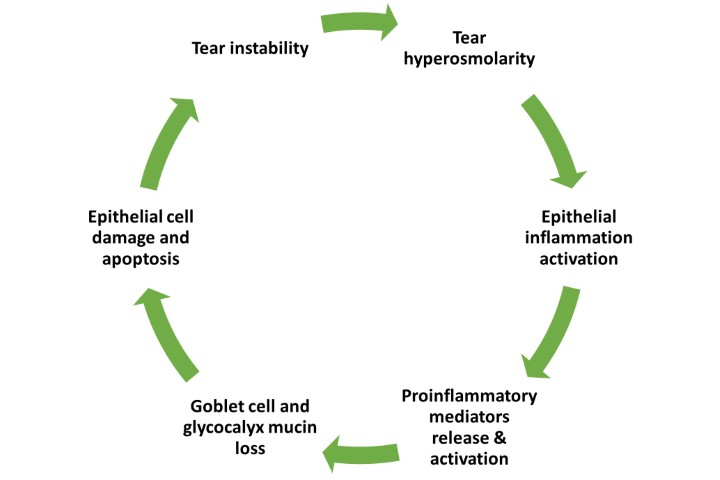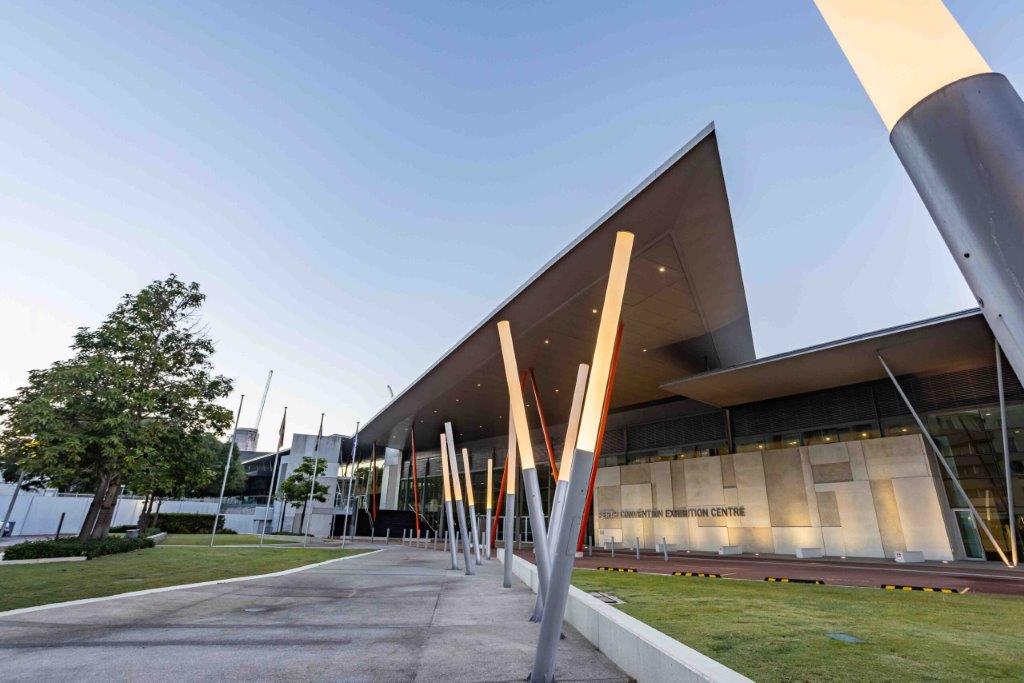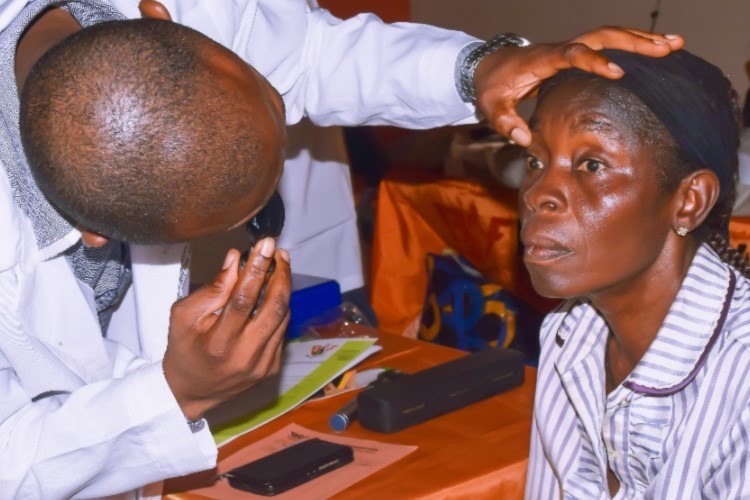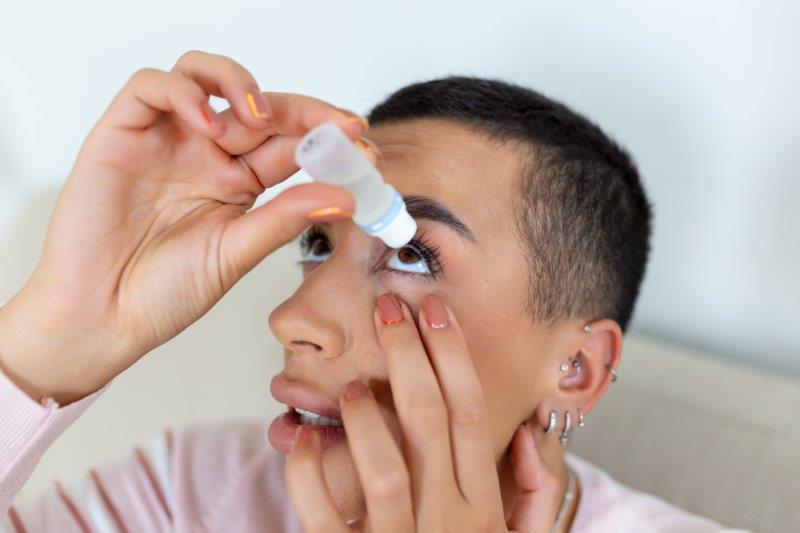How hypoglycaemia worsens DR
A US study found low blood sugar in diabetic retinopathy (DR) patients triggered an increase in production of vascular endothelial growth factor (VEGF) and angiopoietin-like 4 (ANGPTL4), exacerbating vision loss.
Writing in Cell Reports, researchers at Johns Hopkins Medicine said they used mouse and human eye cells and intact retinas grown in low-glucose media to investigate the effects of hypoglycaemia. The cells responded with increased levels of hypoxia-inducible factor (HIF)-1α, improving their capacity to use available glucose and preserving oxygen for retinal neurons’ energy production, they reported. However, in the oxygen-depleted environment common in those with DR, they observed a flood of HIF-1α and consequently VEGF and ANGPTL4.
Transient episodes of low glucose happen once or twice a day in insulin-dependent diabetics and often among those newly diagnosed with the condition, explained Professor Akrit Sodhi, from the Johns Hopkins Medicine’s Wilmer Eye Institute. “Our results show this causes an increase in certain retinal cell proteins, resulting in an overgrowth of blood vessels and worsening diabetic eye disease,” he said.
Since DR patients may be particularly vulnerable to periods of low glucose, maintaining stable glucose levels should be an important part of their treatment, said Prof Sodhi.






